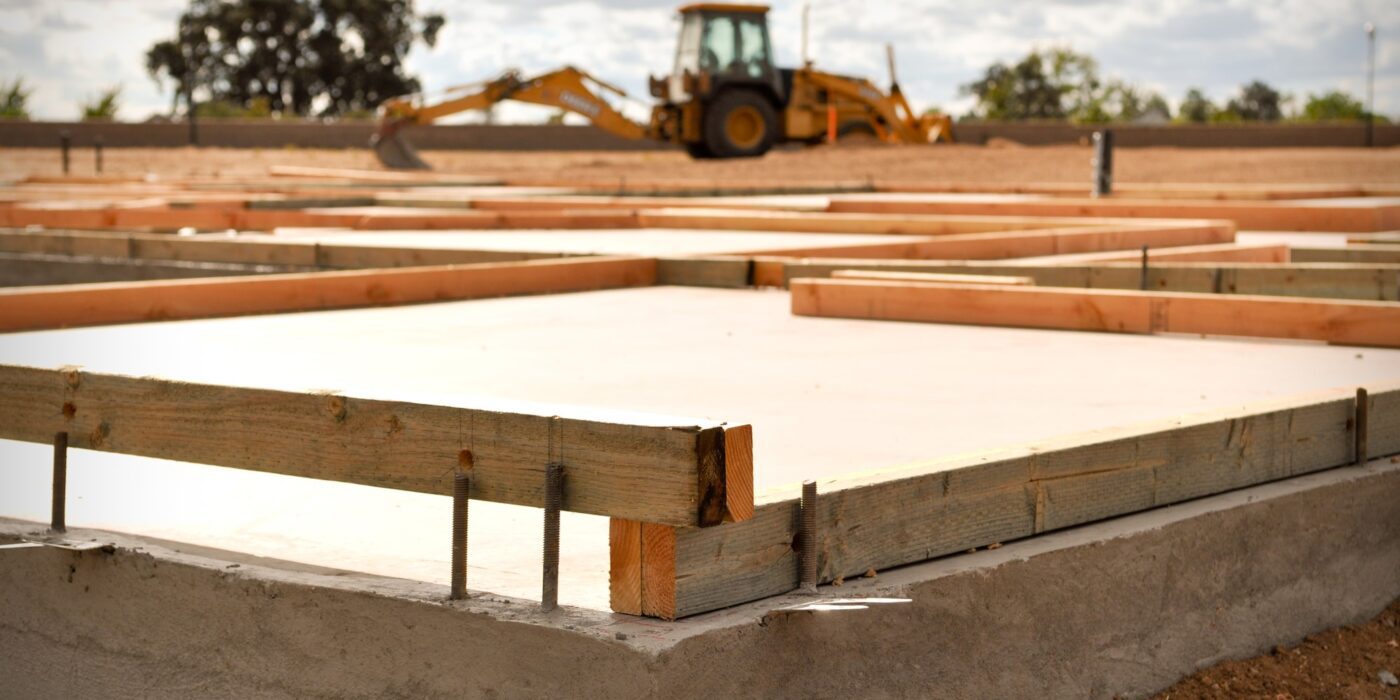Green Concrete: The Foundation for a Sustainable Home
Concrete, the most widely used construction material on the planet, has a serious pollution problem. Accounting for about 7% of carbon emissions per year (approximately 2.8 gigatons of CO2), if concrete were a country it would rank third behind China and the United States in terms of total emissions. Concrete, used to construct roads, bridges, homes, and monuments for centuries, needs to change to mitigate the effects of climate change. Fortunately, a variety of new, green concrete options are emerging to lower the embodied carbon of homes and buildings and help achieve global climate goals.
Concrete carbon emissions come from cement
Concrete is made of cement, water, and aggregates (such as crushed stone, sand, and gravel), as well as chemical admixtures to increase durability, workability, or resilience to environmental factors.
The cement is usually made of clay, limestone, or iron ore and serves as the main binder of concrete. Portland cement, the most common type of cement, forms by heating limestone and clay to blistering temperatures, which produces clinker—a dense, hard substance that’s then ground into a fine powder to form cement. This formation process is extremely energy intensive and requires the burning of coal, oil, and other fossil fuels. Additionally, when limestone is heated, it produces quicklime, releasing CO2 as a byproduct. Altogether, this produces the equivalent of 0.98 tons of CO2 per ton of clinker, of which 0.46 tons are attributable to fuel combustion (source: EPA 2010). That’s gigatons of carbon emissions annually!

